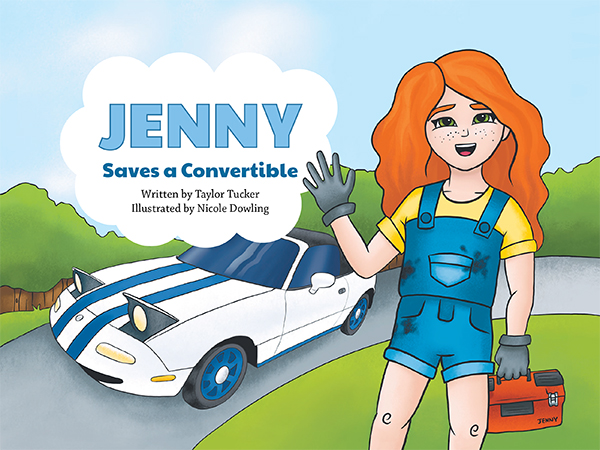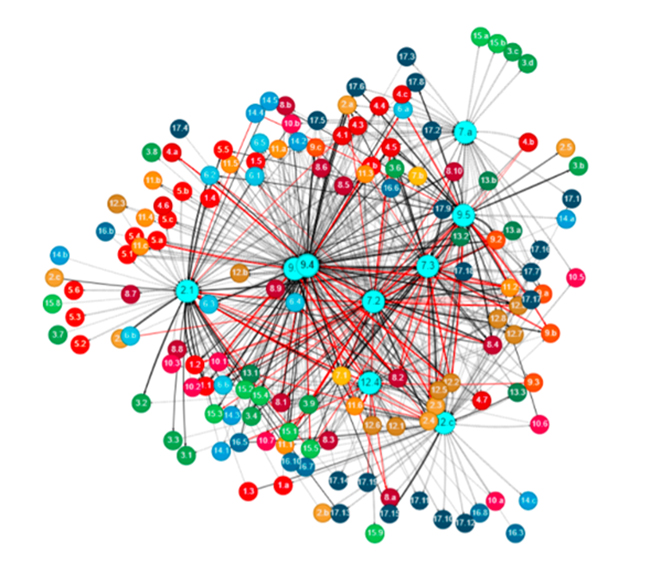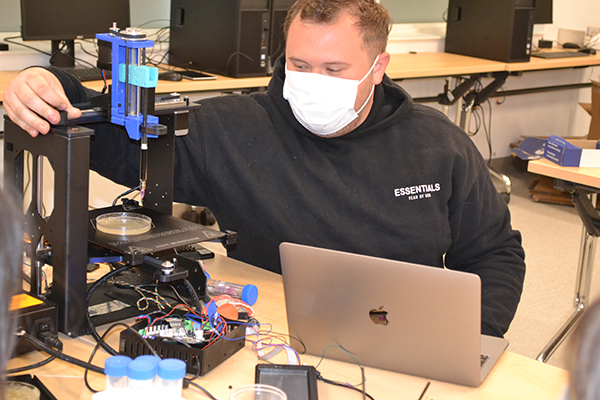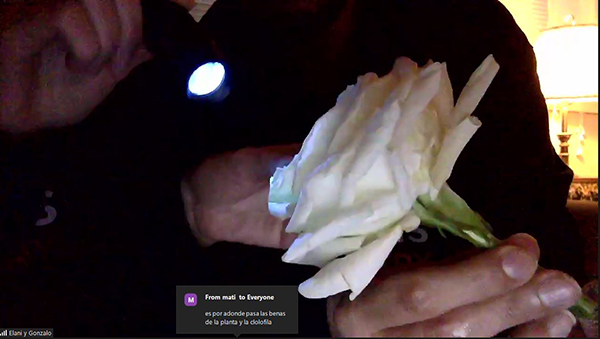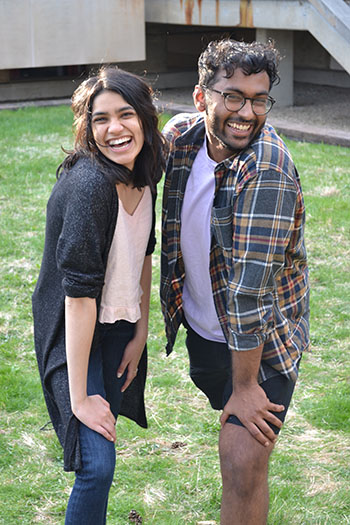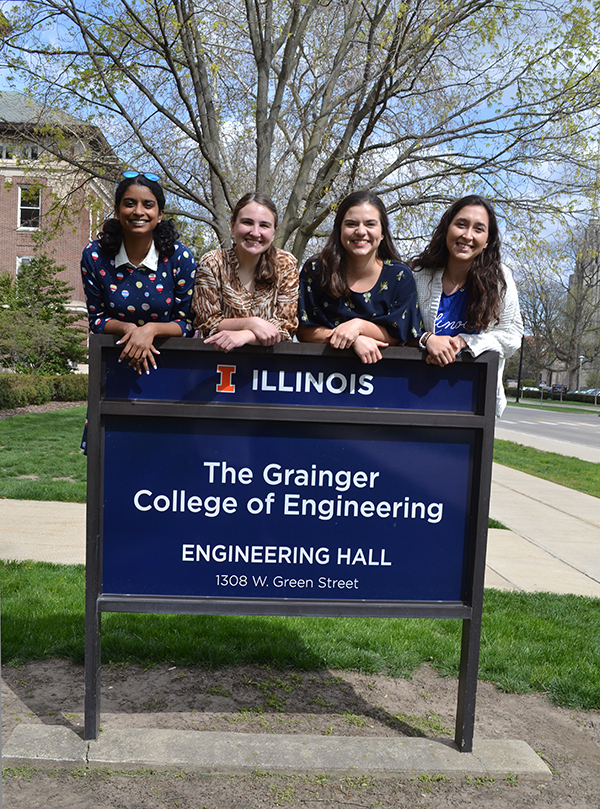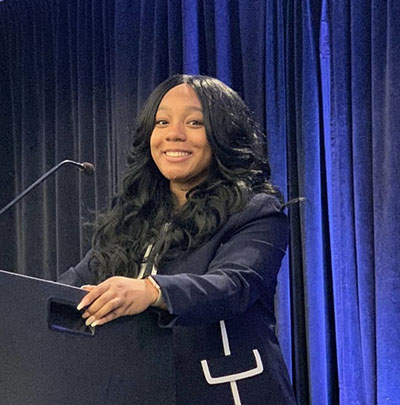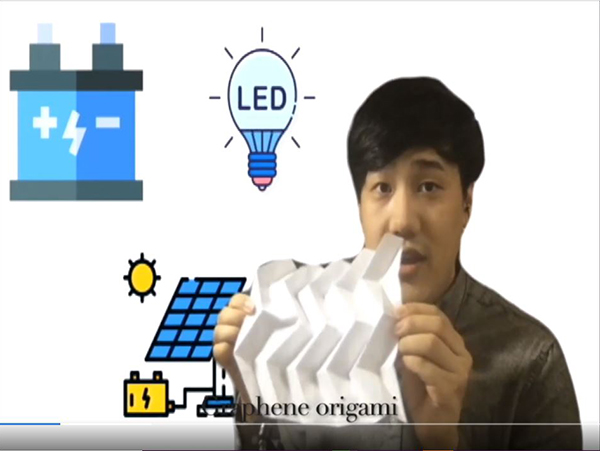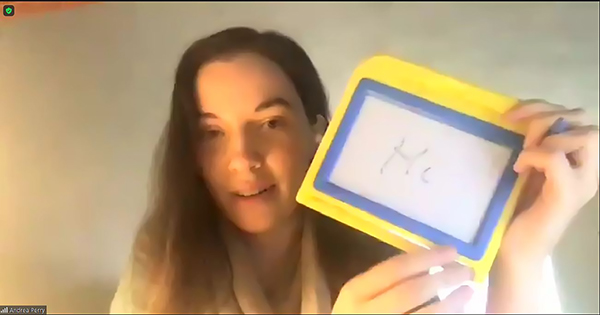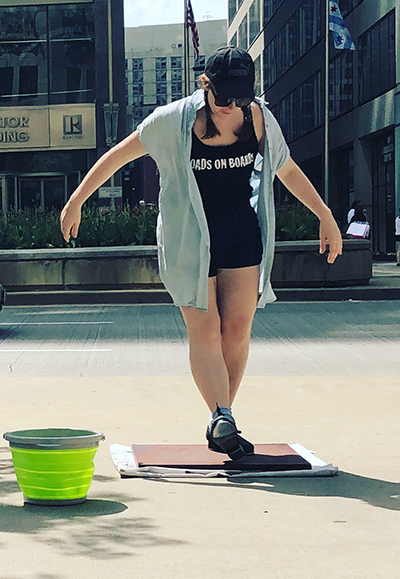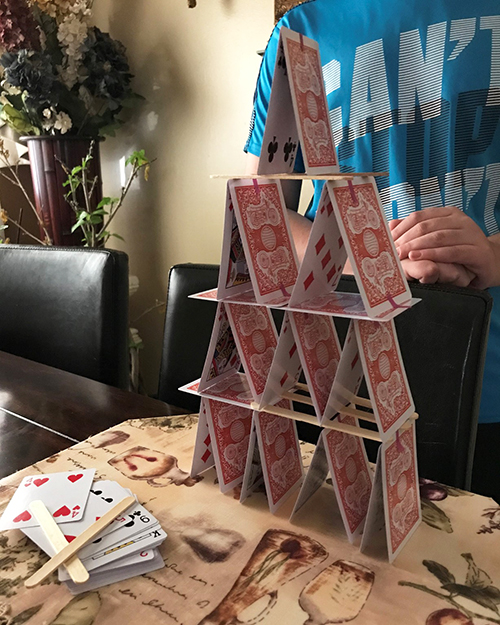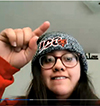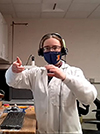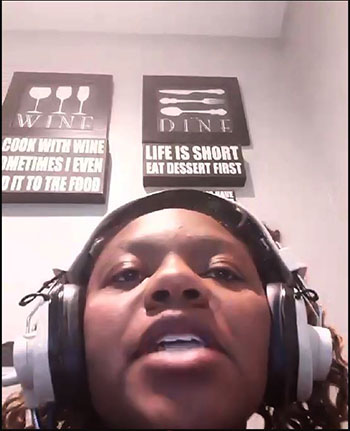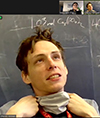Physics Center Rises to the Challenge: iRISE Makes Learning Science Fun
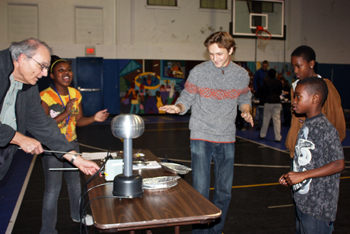
Illinois iRISE participants demonstrate the Van de Graaf generator for Don Moyers' Boys and Girls Club students.
September 13, 2011
Does learning science have to be boring, or can it be not only educational, but fun? Educators in the iRISE project believe the latter. They have come together to create a unique program that gives graduate students the chance to create and teach science lessons for children, offers fun and educational programs for middle school students, and provides middle school teachers with lesson plans to use for their own classes. This spring the Illinois Researchers in Partnership with K-12 Science Educators (iRISE) project implemented the three-tiered plan to prepare and encourage research professionals in the STEM fields (science, technology, engineering, and math) to conduct effective educational outreach programs for middle school students.

Middle school students enjoying demonstration of a chemical reaction known as elephant's toothpaste.
Primarily funded by the Graduate College Focal Point Initiative, with additional support from the University of Illinois Physics Department’s Center for the Physics of Living Cells (CPLC), iRISE is led by Sharlene Denos, who is the K12 Outreach Education Coordinator for CPLC, which is a National Science Foundation-funded Physics Frontiers Center. iRISE’s spring initiative involved educational courses for three groups—Illinois graduate students, Illinois middle school teachers, and middle school students at the Don Moyer Boys and Girls Club of Champaign.
Twenty graduate students participated in the first offering of the Physics 598SE course, which taught students the ins and outs of planning and implementing outreach programs for middle school students. The class was an introduction to the world of science outreach, including how to create programs that can operate effectively long-term and how to work with children and their teachers. Learning about outreach is an important part of a science student’s education because most research and project grants require recipients to conduct outreach programs. Unfortunately, many professionals don’t have the time or the knowledge to make their outreach effective, according to Denos. The class included graduate students from various fields, such as physics, engineering, biophysics, and others. The teaching of the course was a collaborative effort between Denos and 17 guest instructors, including Illinois faculty from various disciplines, as well as middle and high school educators.

Example of water filtration lesson designed by iRISE grad students.
Physics 598SE participants designed lessons for targeted middle school students and actually taught the lessons to children at the Don Moyer Boys and Girls Club as part of the iRISE Science and Engineering Scholars Program for middle school-aged children, which involved two one-hour lessons each week from February to May 2011. After conducting the lessons with the kids, the lesson plans were assessed for effectiveness and revised in class. The children also participated in hands-on, inquiry-based labs, a Science Carnival, and a tour of several labs and facilities on the Illinois campus.
The lessons developed by the graduate students were also shared with middle school teachers at a one-day professional development workshop conducted by iRISE in June. Some of the experiments they did included things like growing crystals, viewing their own DNA, and building electromagnets. Feedback from the workshop was overwhelmingly positive, especially because the participants were able to act as students and participate in the lessons themselves. “They felt like they really understood it so much better because they got to do it,” said Denos. Some of the lessons that these teachers will be able to share with their students include topics like biofuels and bioreactor building, water filtration, PC assembly, and fluorescence in biology.
Denos and her team hope to make the Physics 598SE class a permanent offering at Illinois, but unfortunately the iRISE grant only provided funding for these programs for one year. The Center for the Physics of Living Cells is planning to fund the class, as well as the teacher workshop, for the spring of 2012, after which the programs and funding situation will be reassessed.
Author: Christy Glaze, Office Support Specialist, I-STEM Education Initiative
More: 6-8 STEM Outreach, CPLC, iRise
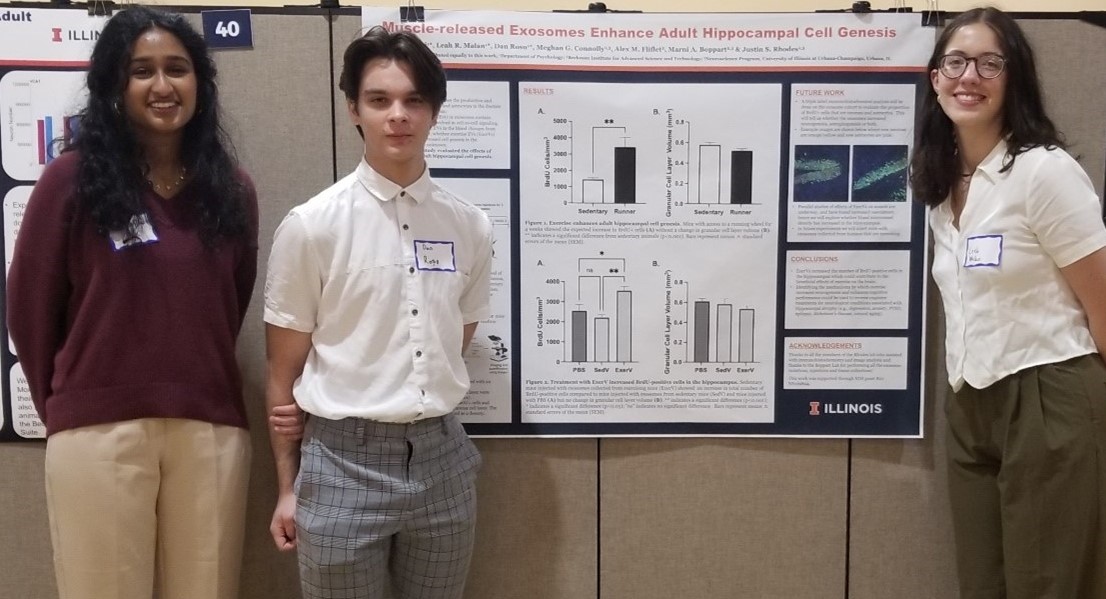
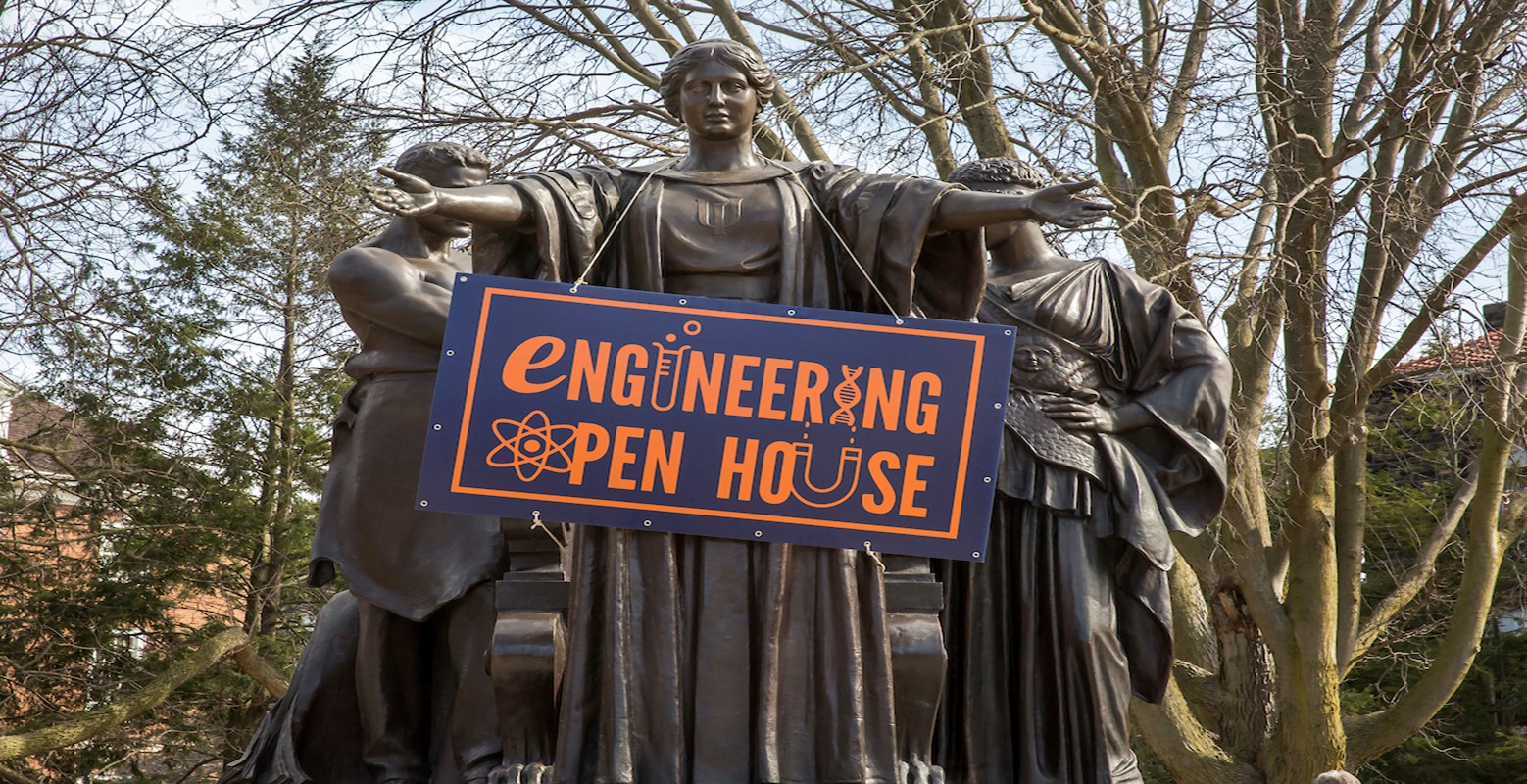
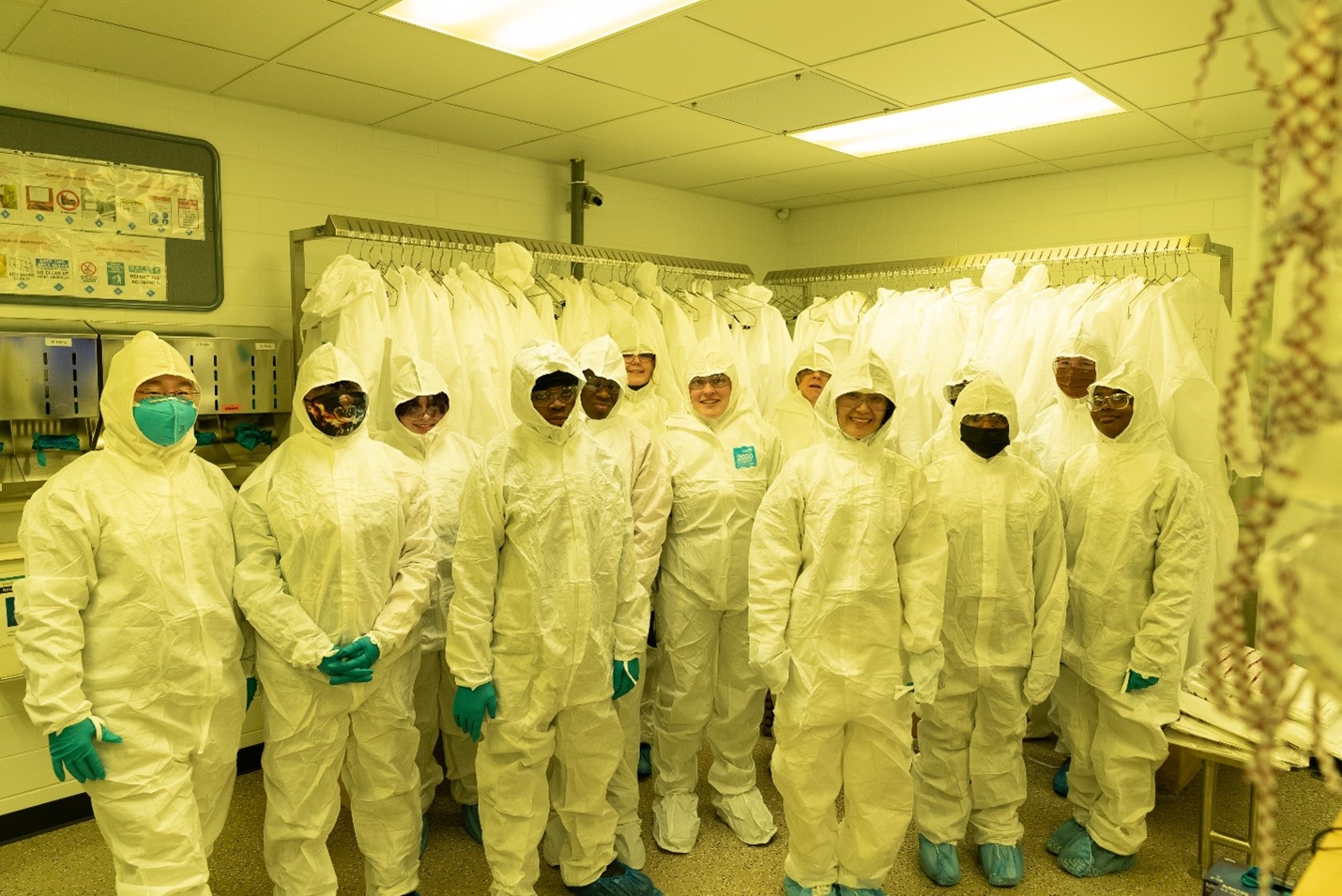
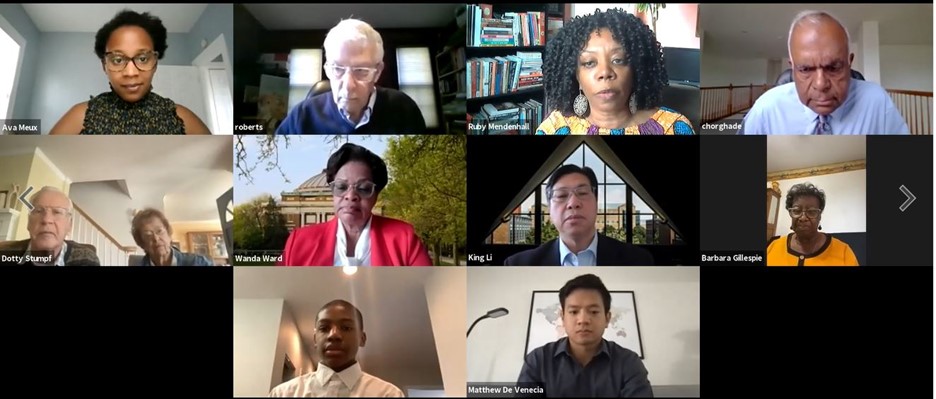
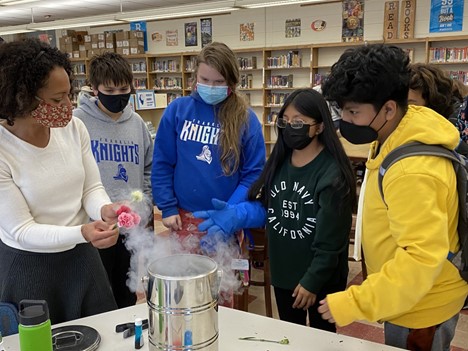
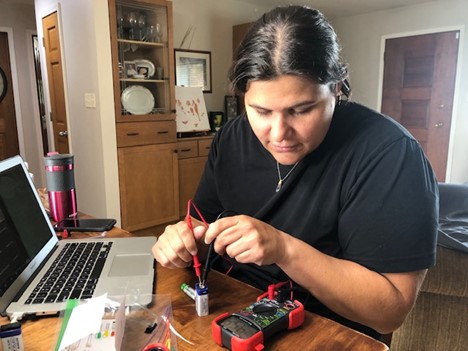
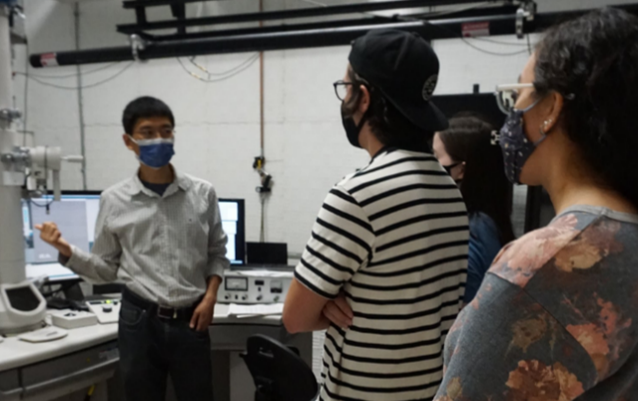
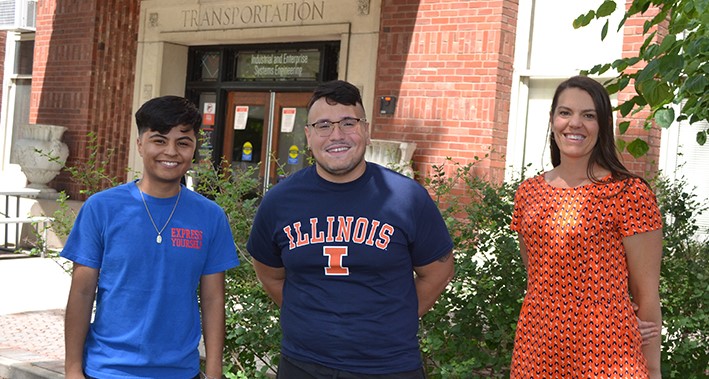


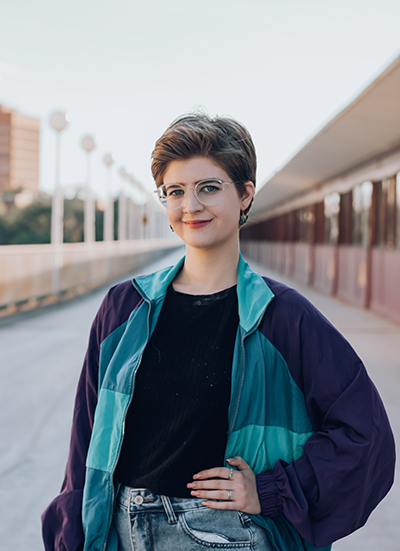
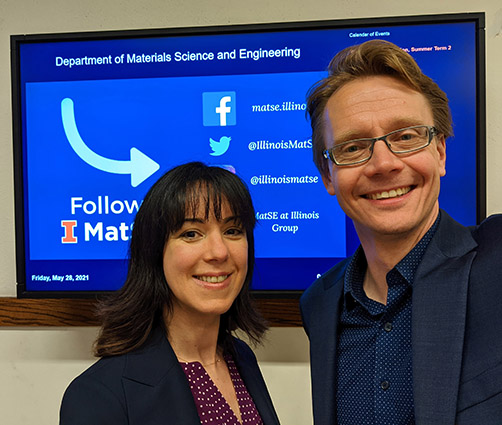
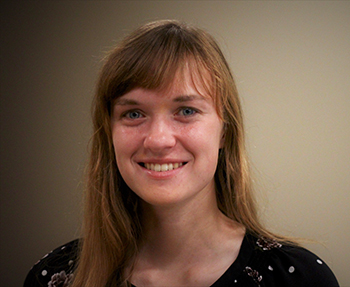
.jpg)
